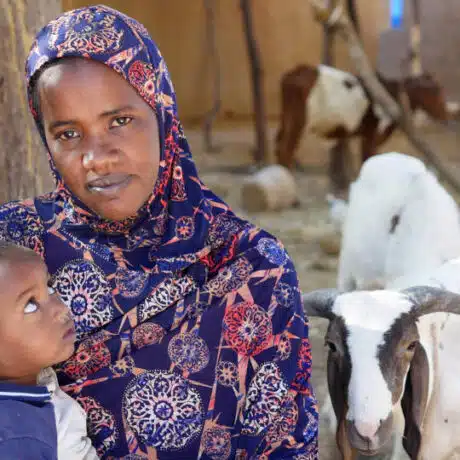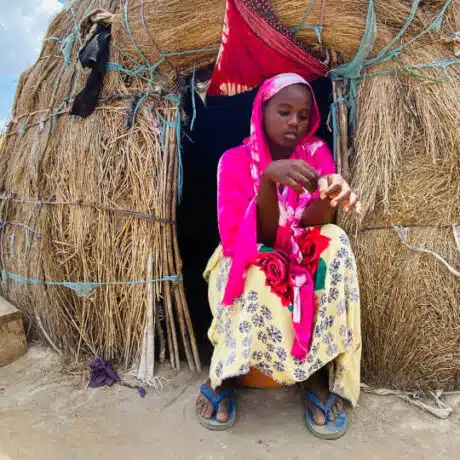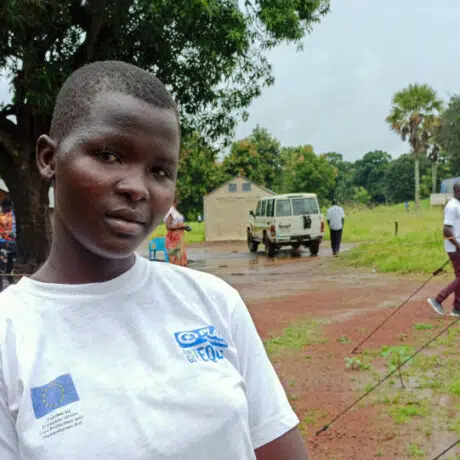News and Stories - Education - 24 March 2021
The ripple effects of investing in girls’ education
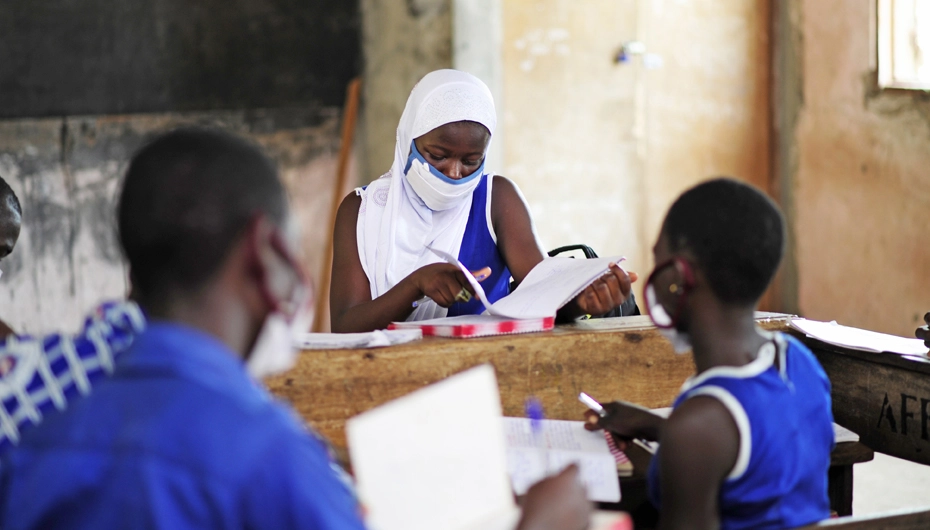
The power of educating girls cannot be underestimated
Investing in girls’ education isn’t just life-changing for girls themselves – it creates ripple effects that can drive change for entire communities and countries. Because when we address the barriers that girls face to education around the world, it has the potential to truly transform our entire world.
This is why we are dedicated to promoting the extraordinary power of girls’ education! It’s estimated that the pandemic has potentially pushed 20 million secondary school-aged girls out of school. And coupled with the already existing 130 million girls out of school, and the barriers they face to education, this has threatened to undo the years of progress and hard-won gains we’ve made for development and gender equality. This is why we must act now to make sure that as we build back from COVID-19, we are including girls’ voices and experiences in our recovery efforts.
The importance of girls’ education cannot be underestimated. When girls have access to quality education, not only are they given choices for their futures and opportunities that can change their lives – they can go on to become educated women who can change the world. Here are just some of the incredible things that can happen when we invest in girls’ education.
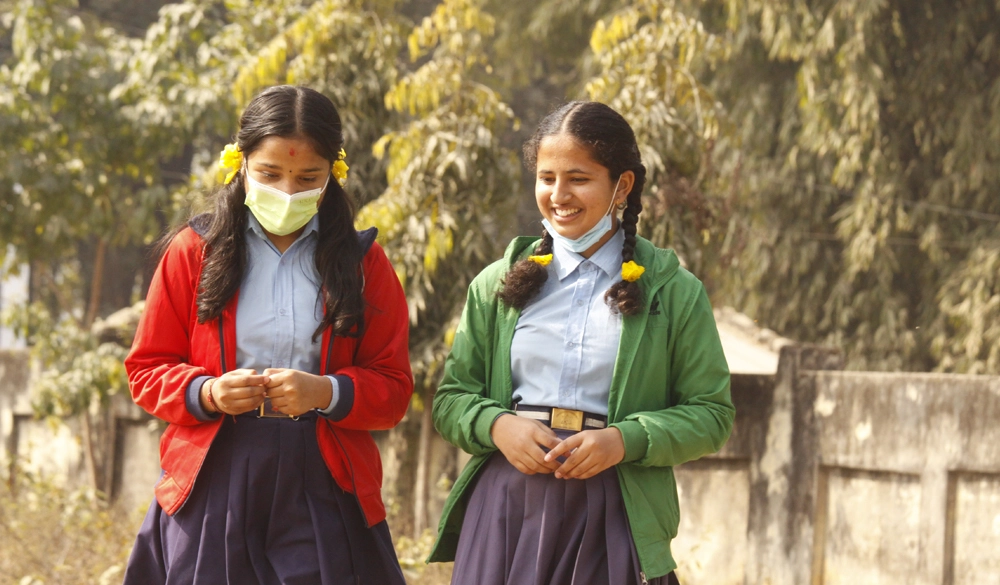
These are some of the effects of investing in girls’ education:
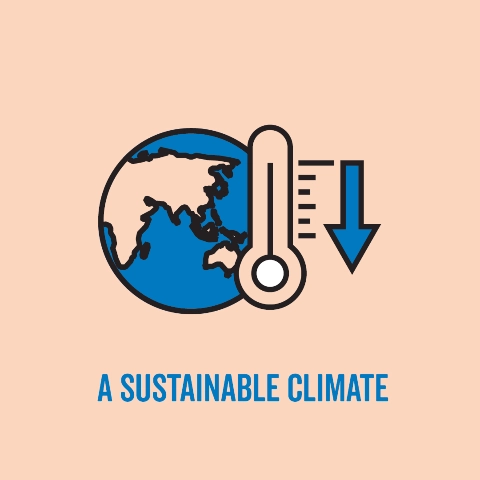
Educating girls is one of the most effective – and most overlooked – ways to mitigate climate change.
For every year a girl stays in school, her country’s climate resilience measurably improves. When girls have access to quality education, they can choose when and if they want to marry or have children, and they’ll go on to raise educated children.
An education also ensures girls can pursue careers in conservation, science and economics, and know what to do in extreme weather events and disasters1. Imagine what we could achieve globally if girls weren’t held back?
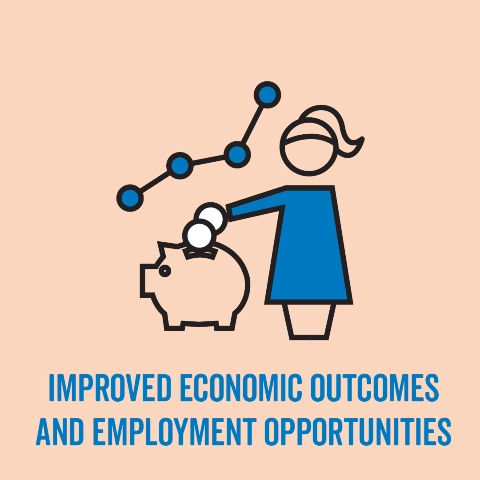
Educating girls improves employment opportunities and outcomes.
This ultimately lifts more people out of poverty, and increases a country’s gross domestic product (GDP). If girls were able to complete 12 years of education, it could produce $15-$30 trillion to the global economy from lifetime opportunity and earnings2.
We know that if all girls are able to finish their secondary education or equivalent, our global GDP can increase by 10% over the next decade3.
And higher levels of education can also help to close the wage gap between men and women. While women continue to earn less than men across all levels of education, that gap is smallest for women with upper secondary education3
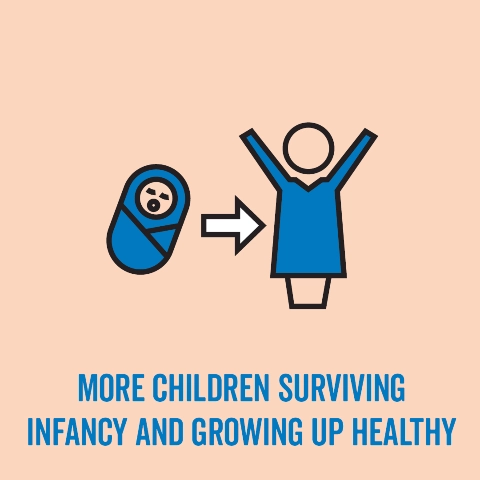
For every additional year of school that a girl completes, infant mortality rates are reduced by 5 to 10%.
If all girls received 12 years of education, the frequency of early births would drop by 59% and child deaths would decrease by 49%.
Educated mothers are more likely to have the information and resources to vaccinate their children. If all women in low- and lower-middle-income countries completed secondary education, the probability of a child receiving immunisation against diphtheria, tetanus and whooping cough would increase by 43%. And just one extra year of maternal education is associated with a 14% decrease in the pneumonia death rate, equivalent to 170,000 lives saved every year4.
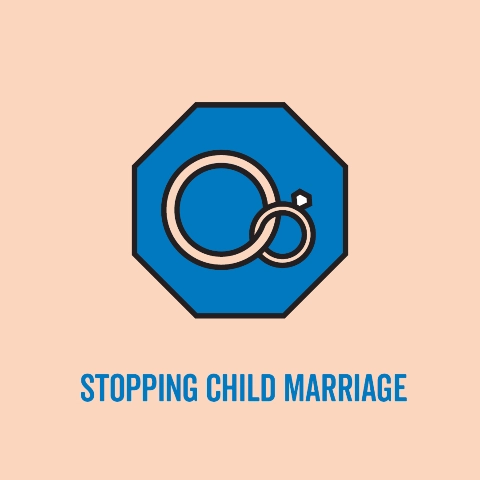
12 years of education for every girl would reduce child marriage worldwide by 64%.
Secondary education also helps to prevent early pregnancy: if every girl completed secondary education, there would be 60% fewer pregnancies in girls under the age of 17 in sub-Saharan Africa5.
Child marriage violates girls’ human rights and robs them of their childhood. It’s estimated that 12 million girls under the age of 18 are married each year.
For millions of girls, their education comes to an abrupt stop once they are married. They are more likely to experience gender-based violence and to fall pregnant early – forcing them to drop out of school. And an estimated 18 million adolescent girls give birth every year – 18 million girls who likely have had their education cut short.
The quickest and surest path to creating an equal world is for all countries – as one global partnership for education – to focus on tackling the barriers that keep girls out of school. Because the evidence is clear. Education is extraordinary – and investing in, and promoting, quality education for girls everywhere is the key to transforming the world we want to see.
Plan International Australia is calling on the Australian Government to take action so girls everywhere can complete their education. Australia’s focus on social cohesion and economic recovery will be strengthened through recovery efforts that address girls’ education – particularly secondary education in South East Asia and the Pacific. Add your name and stand with girls today.
1. Conservation International: Want to fight climate change? Educate girls.
2. The Case For Holistic Investment In Crisis; Improving Lives, Realising Potential, Benefiting Everyone.
3. COVID and Education; GlobalPartnerships.
4. Safer, Healthier, Wealthier: How G20 investments in girls’ education improve our world; MalalaFund.
5. Safer, Healthier, Wealthier: How G20 investments in girls’ education improve our world; MalalaFund.



